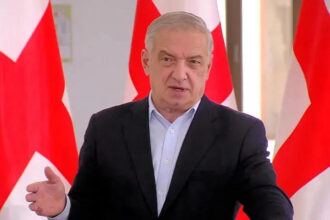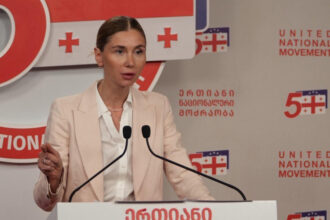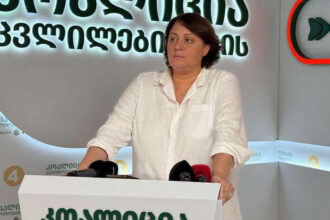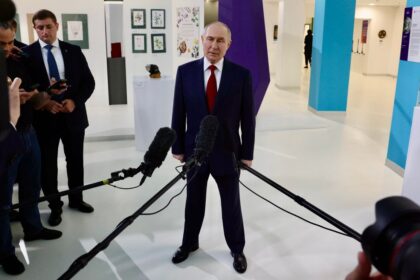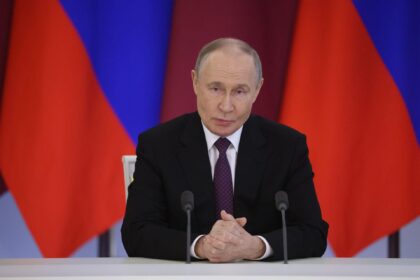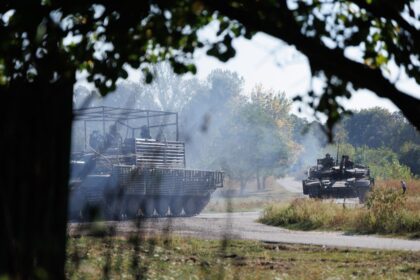**WHO Sounds Alarm on Chikungunya Virus: A Global Epidemic Waiting to Happen?**
The World Health Organization (WHO) has issued a stark warning about the growing threat of the mosquito-borne chikungunya virus. The organization’s call for action comes as new outbreaks linked to the Indian Ocean region have started spreading to Europe and other continents, sparking fears of a global epidemic similar to one that occurred two decades ago.
**A Brief History of Chikungunya**
For those who may not be familiar with this disease, chikungunya is a viral infection spread by infected mosquitoes. The name “chikungunya” literally means “that which causes the limbs to become contorted” in the Makonde language, which is spoken in Tanzania and Mozambique. In 2005-2006, an outbreak of the virus occurred across Asia, Africa, Europe, and the Americas, infecting millions of people.
**New Outbreaks and a Global Threat**
Fast forward two decades, and we’re seeing similar outbreaks happening again. The WHO reports that cases have been reported in several countries in the Indian Ocean region, including India, Sri Lanka, and the Maldives. These cases have now spread to Europe, with infected mosquitoes detected in Italy, Spain, and Portugal.
**Why is this a global threat?**
The reason why chikungunya is considered such a significant threat is that it’s highly contagious and has a high potential for rapid spread. The virus can be carried by various mosquito species, which are widespread across the globe. Moreover, there are no specific treatments or vaccines available for the disease, making prevention efforts crucial.
**Commentary and Analysis**
The WHO’s call for action should be taken seriously. As we’ve seen before, chikungunya outbreaks can quickly get out of control if not addressed promptly. The fact that new cases have been reported in Europe is particularly worrying, given the continent’s highly interconnected nature. It’s essential for governments, health authorities, and individuals to work together to prevent further spread.
**What Can We Do?**
To prevent a repeat of the 2005-2006 outbreak, we need to take immediate action. This includes strengthening surveillance systems, increasing mosquito control efforts, and implementing public awareness campaigns about the risks associated with chikungunya. Individuals can also play a crucial role by taking simple precautions such as using insecticide-treated bed nets, wearing protective clothing, and avoiding areas where mosquitoes are present.
**Conclusion**
The WHO’s warning about the growing threat of chikungunya virus should be a wake-up call for us all. We need to take collective responsibility to prevent further spread and mitigate its impact. By working together, we can avoid another devastating epidemic that could have far-reaching consequences for global health and economies.

